
The United States is the largest automobile market. Throughout the operation rules of its second-hand car market, it has experienced a gradual evolution and development process from small scale to scale, from scale to informatization, and from informatization to Internet. Its sales channels, and lead to the formation of brand monopoly, large supermarkets, chain stores, second-hand car, exclusively used car auction coexist diversified management system, such as the way to trade and direct sales, consignment, leasing, auction, replacement, such as diversity, as far as possible reduce transaction link, make the transaction procedure is simple, flexible built for consumers to buy second-hand car convenient consumption environment.
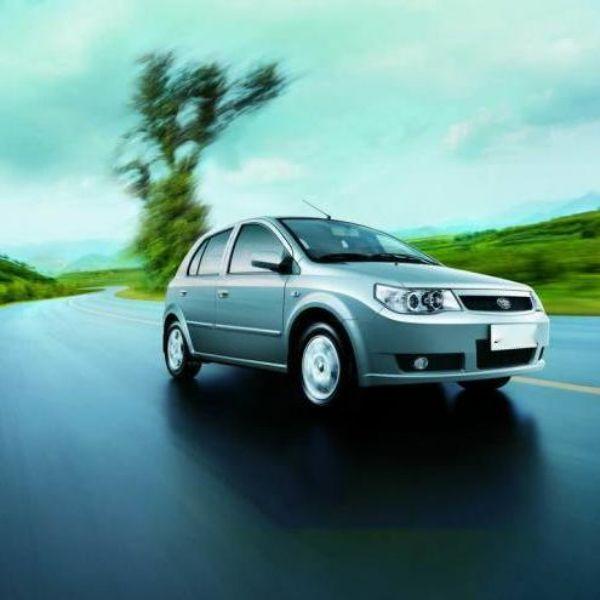
The United States has introduced a quality assurance system for vehicle certification and the establishment of vehicle history files to facilitate the transaction of second-hand cars. Up to now, the United States has a relatively perfect used car chain.
Since 2016, the annual sales volume of used cars in the United States has been stable at 40-45 million, about three times that of new cars. The average price of each used car is about 16,500 DOLLARS, so the market space of used cars every year is about 600-700 billion dollars.
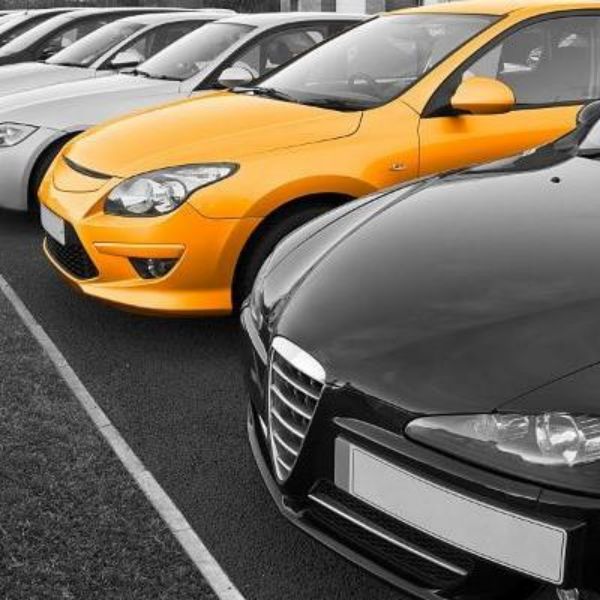
The main reasons for this phenomenon are as follows:
(1) The profit margin of new cars decreases year by year. Almost all car dealers start to operate the second-hand car business. The gross profit margin of a new car is about 5%-6%, while the gross profit margin of a used car is 10%-12%, and the gross profit margin of the old car is twice that of the new one;
(2) Automobile culture tends to be rational, and American consumers’ cognition and consumption concept of second-hand cars become mature;
(3) The second-hand car market has developed in a mature and orderly way, with a sound system and widely recognized by consumers;
(4) The used car certification system is perfect, and the credit investigation mechanism is recognized by consumers.
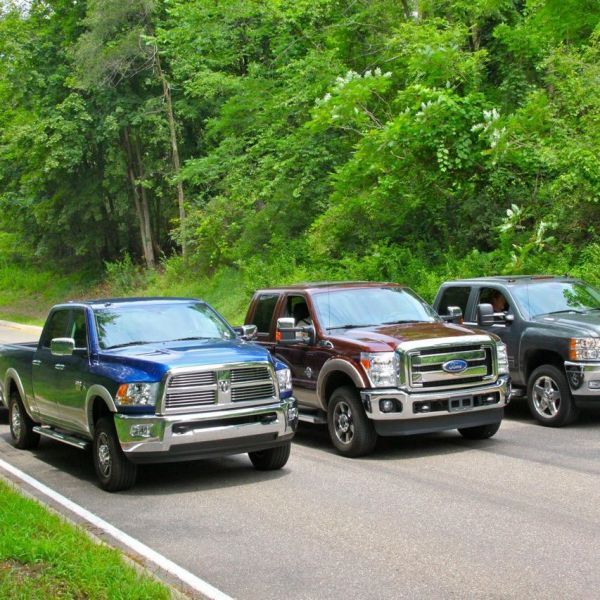
The used-car market in the United States is mainly operated through three channels: authorized automobile dealers 4S shops, second-hand car stores and individual transactions. It is dominated by car dealership 4S stores, which account for 37% of the market, used-car chains for 34%, and individual and other transactions for the rest.
Now, in the United States, all car dealers 4S shops have to set foot in the used car market, because the sales of used cars is three times that of new cars. Due to the characteristics of some new cars and the multi-information age brought by the Internet, the profit margin of the new car market is not so high, but the profit margin of the second-hand car market is higher. In response to this market trend and current situation, all American auto dealers are involved in the second-hand car business. However, American dealers usually obtain second-hand cars through new or second-hand car replacement or auction.
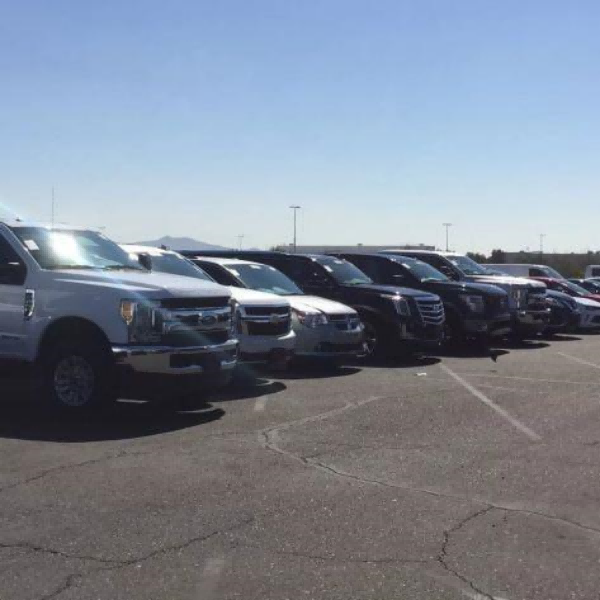
The above three sales channels also bring more competition and innovation of more modes. Competition among each other is considered to be beneficial to consumers in the United States. Finance and insurance, on the other hand, generate more profits and sales for both new and used cars. From the perspective of used car sales, finance and insurance ensure the robustness of used cars.
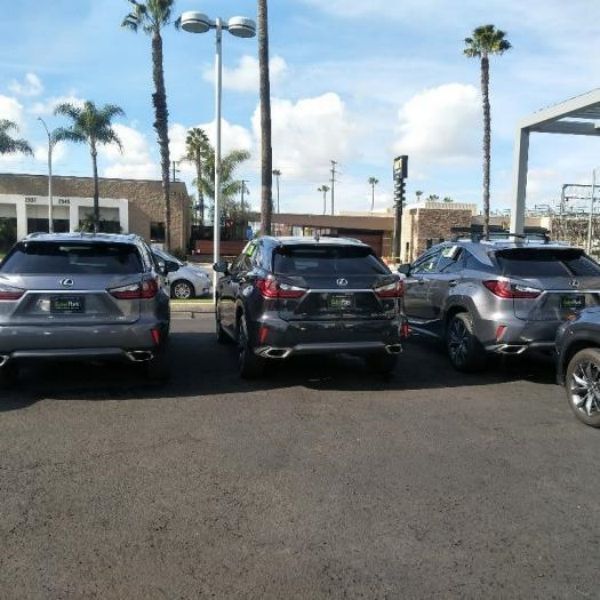
At present, authorized dealer 4S stores can become the mainstream of the USed-car market in the United States for the following reasons:
(1) The unique advantages of replacement of new cars. According to Edmunds, 55% of dealers’ vehicles come from consumer trade-in deals and another 45% from auctions and private acquisitions.
(2) Customer advantage accumulated during the early selling of new cars;
(3) Professional entity store management and high credibility. The second-hand car price of dealers is generally 6% higher than the average price of the market, but it still occupies 40% of the market share, because its professional management and high credibility attract customers.
Reproduced from Tian Tian, deputy Director of China Automobile Distribution Association